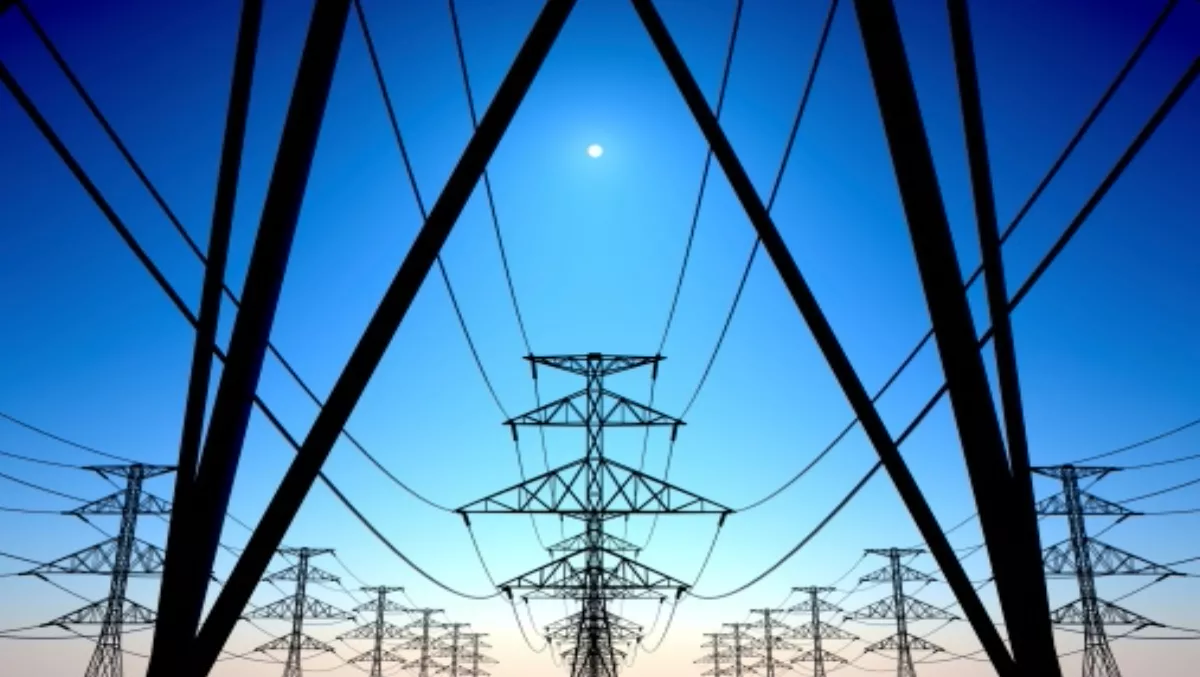
Eaton: Making sense of UPS investment
Today's UPSs offer high-efficiency power protection for data centers says Eaton Electrical's Alex Hanoumis.
Data Centers have become a cornerstone of everyone’s lives whether they realise it or not.
The proliferation of mobile computing, with increasingly sophisticated functionality, commerce including government services, B2B and B2C migrating online, and of course, social media and social networks have, on occasion, made data centers front page news.
All of this has reinforced the importance of data center reliability and uptime. Data Centers are no longer a cost center, rather a strategic asset to attract or retain customers.
However, despite their best efforts to achieve 'five nines' availability, businesses remain vulnerable to a variety of threats. Key among these threats are issues affecting electrical power systems.
Data Centers rely on a continuous supply of clean electricity. However, anything from a subtle power system design flaw to a failure in the electrical grid can easily bring down even the most modern and sophisticated data center.
Selection considerations
There is no single correct answer when it comes to selecting a power system topology. Organisations should match their power system topology to their particular requirements and these are mainly driven by the criticality of the IT applications the data center houses.
However, electrical power anomalies can affect how sensitive electronic equipment operates up to and including component outages that may have significant impacts on an entire enterprise.
Data Centers utilise UPS equipment to protect against power anomalies. Such systems cleanse 'dirty' electrical systems and provide emergency power during outages.
Data Centers with UPS systems that have been installed for 10 years or more will typically be transformer based with last generation power conversion circuits.
As a result both efficiency and electrical performance are lower than what is available in more modern solutions.
At the same time, complete power conditioning is needed only rarely, yet the traditional double-conversion UPS processes utility power through an inverter and rectifier every millisecond of the day, converting it from AC to DC and back to AC again - dissipating heat and wasting power at every stage.
Today’s UPSs have eliminated the costly and inefficient transformers and improved the power conversion circuits.
Some UPS solutions are even capable of running in high efficiency modes achieving 99% efficiency - a 15 to 20% improvement in efficiency based on actual data center load profiles.
Replacement time
Replacing older UPSs with newer models is a low-risk, relatively low-cost way to boost reliability and operating efficiency. In some parts of the world, utility companies will offer rebate programmes to offset the cost of installing the new UPS to encourage data center operators to make the energy saving replacement.
Today, with energy costs now representing such a huge percentage of operating costs, doesn’t it make sense to activate the highest protective levels only when needed? That is the premise behind high-efficiency, multi-mode UPSs.
With a more efficient allocation of power, you not only reduce utility bills and total operating cost, but also achieve more with available backup power and cooling systems - delaying the point where those systems would have to be upgraded to accommodate data center expansion.

